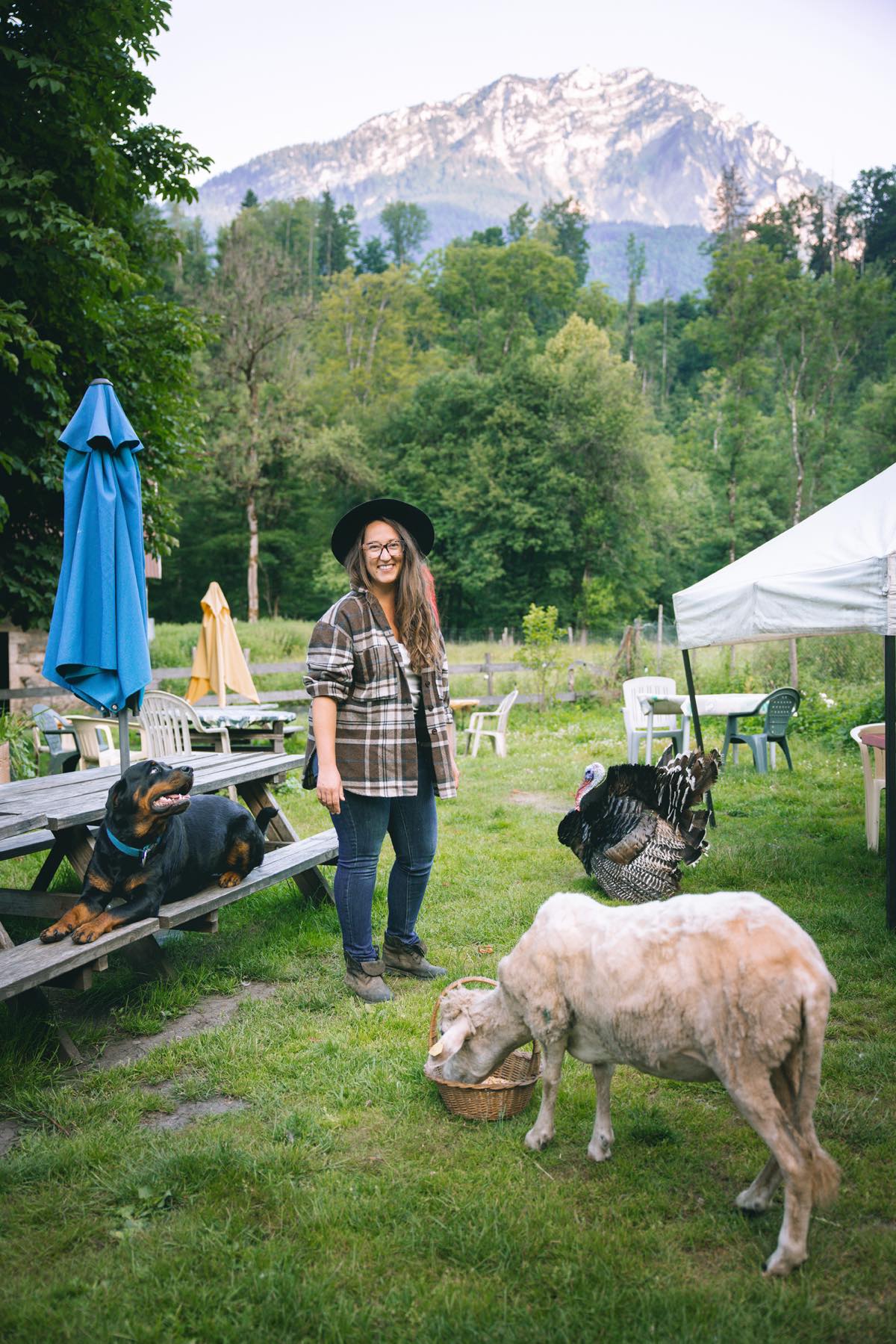Syntropic Farm - Chalet with Kitchnette
|
|
Accepts Local Currency La Clarine |
Description
Syntropic Agriculture is constituted by a theoretical and practical
setting in which the natural processes are translated into farming
interventions in their form, function, and dynamics. Thus we can talk
about regeneration by use, since the establishment of highly productive
agricultural areas, which tend to be independent of inputs and
irrigation, results in the provision of ecosystem services, with
special emphasis on soil formation, regulation of microclimate and the
favoring of water cycles. That way, agriculture is synced with the
regeneration of ecosystems.
Instead of recipes, there is a set of concepts and techniques that
enable the understanding of Syntropic Agriculture’s fundamental
characteristics. Its creator, Ernst Götsch, bases his worldview on a
transdisciplinary scientific approach and a practical daily routine for
more than five decades. The logic that guides his decision-making
process follows a path that arises from Kant’s ethics and crosses
physics, Greek philosophy, and mathematics.
It also relies on biology, chemistry, ecology, and botany, and
incorporates the current technological scene, adapting techniques and
tools from other areas. Ernst Götsch's agriculture relies on a coherent
and systematic chain of data, free of internal contradictions, which
not is not only sustained by a logical narrative but also includes a
practical and concrete expression at the end. From planning to
planting, there is a method, and there is a practical result. More than
a good idea, Syntropic Farming has proven to work, and it can address
the biggest social and environmental challenges of our time.
Certified sustainable by
Sustonica.com.
Affiliated to: The Syntropic Farm
Syntropic Farm - Chalet with Pool Access









